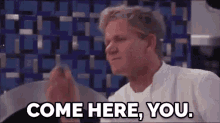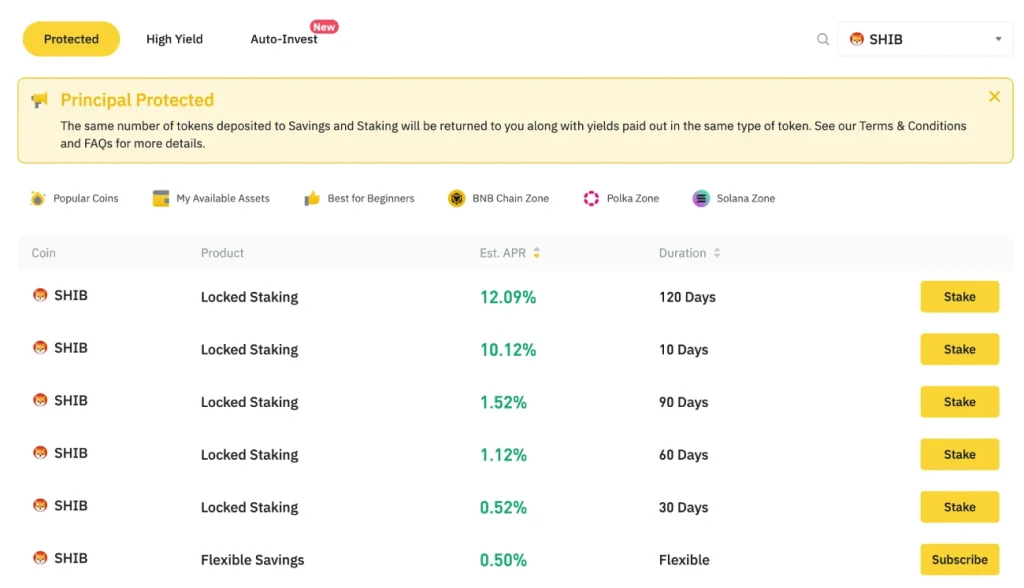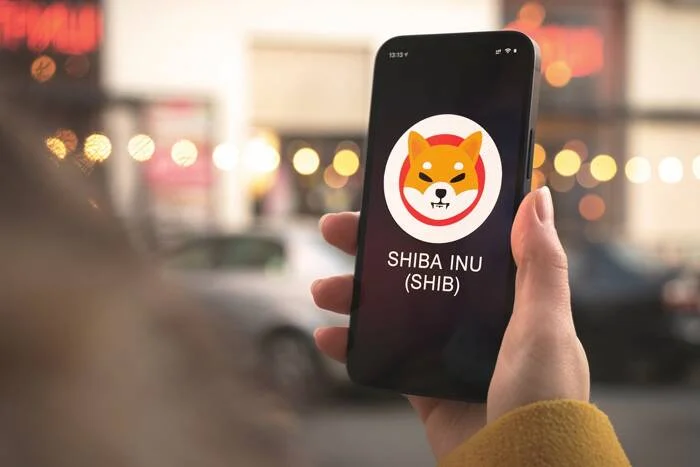SHIB 101 – Everything You Need To Know About SHIBA INU
Reading Time: 7 minutes
Dog lovers, get in here.

Ever heard of a meme coin? A crypto coin initially created as a joke? Or a cryptocurrency named after a dog?
If you haven’t… we’re about to spill you some major tea.
In this article, you’ll discover all you need to know about Shiba Inu – a dog meme cryptocurrency initially created as a joke.
Come along!
About SHIB: A Brief History
The story begins in 2020, when an anonymous developer (or group) known as Ryoshi, created a token named after Shiba Inu – a Japanese dog breed.
Shiba Inu coin (SHIB) started as an experiment to tap into the growing popularity of dog meme cryptocurrencies, inspired by the success of Dogecoin.
The intent was to tap into the community-driven and meme nature of Dogecoin, and see if there’ll be interest in another coin of similar nature.
Fortunately, it worked.
After gaining much value and success in 2021, Shiba Inu officially became Dogecoin’s competitor.
SHIB is a decentralized cryptocurrency built on the Ethereum blockchain network. As an ERC-20 token, it maintains a specific standard on the Ethereum blockchain network.
Using SHIB: How Does it Work?
Ryoshi (SHIB’s developers) mainly aimed to create an ecosystem around the SHIB token and explore DeFi (decentralized finance) applications. With this, users could engage in different DeFi activities like yield farming, token swaps, etc.
The Ethereum Blockchain Network
SHIB doesn’t have its own independent blockchain network; instead, it uses the Ethereum blockchain network. As an ERC-20 token, SHIB operates and follows the protocols set by Ethereum.
The Ethereum blockchain network is an open-source and decentralized platform that allows the creation and execution of DApps (decentralized applications) and smart contracts. With a peer-to-peer network of computers spread worldwide, the Ethereum blockchain maintains top-notch security.
SHIB Mining
At inception, a total of one quadrillion SHIB tokens were minted. After the launch, about 50% was locked into the decentralized crypto exchange platform, Uniswap.
Technically, Shiba Inu cannot be mined — compared to how Ethereum or Bitcoin can be mined. As an ERC-20 token, SHIB can only be “minted.”
SHIB Staking
Staking is investing your tokens in liquidity pools (pool of funds) on decentralized cryptocurrency exchanges like Shibaswap, SushiSwap, or Uniswap. Staking usually helps users to earn high-interest returns.

Liquidity pools have their pair of tokens, like BTC/USDT, SHIB/BTC, or SHIB/ETH. These liquidity pools enable users to contribute their tokens to the trading pool, facilitating trading on the decentralized exchange platforms.
SHIB Explorer
An explorer provides you with real time information about a particular crypto on the blockchain network.
Shiba doesn’t have an independent explorer. However, as an ERC-20 token, SHIB transactions, details, and other related information can be viewed on Ethereum blockchain explorers.
Popular Ethereum explorers include:
- Etherchain
- Etherscan
- Explorer
- Ethstats
- EnjinX
- Epirus
SHIB Transactions and Wallets
You carry out SHIB transactions when you buy, sell, or receive SHIB. However, this can only happen with a SHIB wallet.
SHIB wallets enable you to buy, send, and store your SHIB coins. There are different types of SHIB wallets, and the type you choose depends on how much you want to store or transact.

There are two basic types of wallets for storing your cryptocurrency. This includes:
Hot wallets: These are easy to use and can be accessed anywhere. Hot wallets are “online wallets,” meaning they must be connected to the internet to function. However, hot wallets are susceptible to online attacks.
SHIB online wallets have private and public keys. A private key is your wallet password, which should always be kept private and secure. It gives you total control over your SHIB coins; if leaked, you may forfeit your SHIB.
On the flip side, a public key is your wallet address — which allows you to receive SHIB.
Cold wallets: These wallets require no online connection. They come in USBs or plugs that you can insert into your computer and decrypt. Cold wallets are quite expensive, but they offer a more secure option for users with a large amount of crypto.
Investing in SHIB: What You Should Know
Shiba Inu has little investment potential as a dog meme coin, compared to prominent cryptocurrencies like Bitcoin or Ethereum.
However, the fact that a large community drives SHIB gives some hope for the coin. If you’re ready to start buying and selling SHIB, here’s what you should know.
How to Buy Shiba Inu
You can buy SHIB on crypto exchange platforms like:
- Binance
- Uniswap
- BitStamp
- Coinbase
- Sushiswap
- ShibaSwap
But how exactly do you go about the process? Read on.
Step 1: Select Your Preferred Crypto Exchange Platform
Choose whichever crypto platform catches your fancy, and send some funds to the platform.
Step 2: Fund Your Account On The Crypto Exchange Platform
You can skip this step if you plan to buy SHIB with your existing cryptocurrency.
But if you don’t, you’ll need to buy SHIB with fiat. Just as you deposit money into your bank account, you must fund your fiat wallet (on the crypto platform) with fiat.
After doing this, you can proceed to buy SHIB.
Step 3: Buy SHIB
After funding your fiat wallet, navigate to the crypto platform’s market or trading section.
For some crypto platforms, you can buy SHIB as a standalone. And for other platforms, you’ll have to search for the trading pair; like SHIB/BTC, SHIB/USDT, SHIB/ETH, etc. To do this, you must convert the fiat into BTC, ETH, USDT, or whatever opposite pair.
Conversely, if you prefer p2p (peer-to-peer), navigate to the p2p section and search for BNB.
If buying directly from the platform, place a market order (buying at the current market price) or a limit order (setting your desired price). If buying via p2p, place a buy order as well.
Confirm your order, and you’ll get your SHIB coins deposited in your SHIB wallet.
How to Sell SHIB
In this section, you’ll discover how to sell your SHIB for fiat or exchange it for goods and services.

P.S: If you plan to sell your SHIB on a different platform from where you bought from, first transfer the SHIB to the platform’s wallet.
Here’s a step-by-step process to sell SHIB:
Step 1: Link Your Fiat Bank Account
Recall how you deposited fiat into the crypto exchange platform? The same concept applies here. You’ll have to connect a fiat account to receive fiat for your SHIB. However, if you’re doing p2p, you can send the buyer your fiat bank account details.
Step 2: Sell SHIB
Ready to sell? We bet you are.
If selling directly to the crypto exchange, navigate to the “market” or “sell section” to sell SHIB against your preferred currency. If selling via p2p, navigate to the p2p section. Always confirm and re-confirm the amount of SHIB you want to sell before hitting that sell button.
Step 3: Withdraw Your Fiat
After selling your SHIB, withdraw the funds from your fiat wallet (if the crypto platform has one) or directly withdraw into your preferred bank account.
P.S: These are general guidelines, and the exact steps may slightly differ depending on your exchange platform.
Risks and Benefits of Investing in SHIB
Before you pull out your wallet to start investing in SHIB, here’s what you should have at the back of your mind (or wallet).
SHIBA doesn’t have a solid utility, which limits its advantages in the crypto market. However, it’s very easy to use, and that can be a major perk.
- Decentralized Finance (DeFi) Opportunities
SHIB’s relation with the Ethereum blockchain allows users to create and execute decentralized finance (DeFi) applications and protocols. This includes activities like yield farming and staking.
- Uncertain Future
SHIB has little real utility aside from being a digital currency, which makes SHIB’s growth potential and viability limited and uncertain. Generally, the success of meme coins is largely influenced by community interest, market sentiment, crowd pulls, social media trends, etc., all of which can change spontaneously.
- Not an Independent Blockchain
SHIB doesn’t have its own blockchain and depends on the Ethereum blockchain network. While this has its perks, it also comes with its cons. For one, the maintenance, functionality, and development of SHIB could be affected by technical issues in Ethereum’s development.
If SHIB has its blockchain, it’ll have more control over its scalability, transaction fees, etc.
- Greater Risk, Less Potential for Rewards
Demand and supply drive the price of any crypto coin. While SHIB had a surge of demand in 2021, we can’t predict the same happening in the coming years.
If a significant amount of SHIB is put for sale, it will further drive its price to the ground. Plus, with other coins like Dogecoin that have the backing of Elon Musk, SHIB has some major competition.
Conclusion: SHIB and the Future

Investing in cryptocurrencies has inherent risks like market instability, volatility, and country regulations. Always seek professional guidance and advice before investing in SHIB or other cryptocurrencies.
With a solid use case and greater adoption, we can expect increased demand for SHIB. An increase in demand will drive up the value and price of the coin, which is good news for investors.
However, if SHIB sticks to being a meme coin, its future may remain uncertain.
Regardless, SHIB has proved that community matters. The large community that Shiba Inu has gathered over time shows that community truly drives decentralization.
Perhaps, SHIB won’t be a meme coin in the nearest future. Until then, let’s keep our fingers crossed.